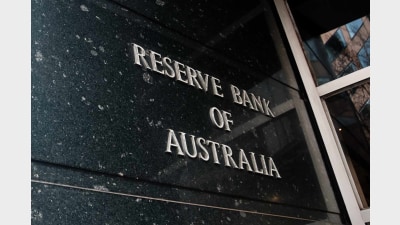Understanding the DNA of quality investments


Benjamin Graham, arguably the founder of quality investing, said in his 1949 book The Intelligent Investor that the greatest losses in share prices come not from buying quality at an excessively high price but rather, from buying low quality at a price that seems like good value.
In the current environment as economic growth slows, Graham’s words seem particularly pertinent, and quality companies that are able to sustainably grow should continue to prosper. There is no one single unambiguous method for identifying quality but most approaches look for companies that have high predictability of earnings and, if possible, earnings growth.
Another measure is to take a more quantitative approach, looking for companies with high return on equity coupled with low gearing and stable earnings. Yet another approach is to look at strong branding, good governance and a well-defined customer base, while others look for staple products, large distribution and input costs that are easily controlled and modelled.
In our view, the three main criteria to look at when assessing quality are:
- Earnings quality: this seeks to assess confidence in the underlying earnings predictability, transparency and cash conversion including use of accruals and revenue recognition
- Business quality: this assesses the growth in end-markets in which the company operates and how well the company is positioned to capitalise on growth opportunities. This is done by assessing its source of competitive advantage in terms of industry positioning, pricing power and cost leadership
- Management quality: this evaluates management experience and integrity including track record in allocating capital, and strategic goals. It looks at the organisational checks and balances, including board and remuneration structure and whether shareholder rights and controls are fit for purpose. Other aspects include risk and management around environmental, social and governance (ESG) issues.
While there are some quantitative measures, our assessment is largely a qualitative review that seeks to better understand the DNA of the business and its management.
A useful analogy is the process of recruiting. In many ways, the due diligence process is very similar to what you do when employing someone. Employers want to make sure the candidate has the qualifications and skills to do the job, and therefore interview the person and review their academic record and previous experience. It’s also important to conduct reference checks, and perhaps undertake psychometric testing to understand the person’s behaviour and disposition in different situations. This is all aimed at understanding the potential recruit as much as possible before hiring them, and avoiding expensive and time-consuming mistakes.
Likewise, as investors the aim is to get an understanding of any potential business investment and its character traits. This is done through meeting with management and analysing the company accounts. Reference checks are also conducted through meetings with competitors, customers and clients, and suppliers, while management is critiqued to understand how they are likely to behave in certain situations. Similar to hiring the wrong person, this is aimed at trying to avoid investing in the wrong stock as it tends to be costly and problematic to fix.
The other benefit of this kind of quality process is that it helps manage investor behaviour biases. All investors, whether professional or not, should aim to be as objective as possible and change their view when the circumstances change. However, we are all subject to biases, and need to be conscious in managing them. A quality assessment process that looks to apply some objectivity, or at least reference points, to what can be a subjective assessment can help in this regard.
By way of example, how can investors assess whether management of a company is trustworthy, motivated correctly and a good steward of capital? Meeting them is a first step. But, developing a management quality score that looks to rate their experience and integrity through assessing the coherence of their strategy, and examining their track record and history of capital allocation and culture of the organisation, is also a valuable exercise.
This is not intended to be a wholly comprehensive checklist, but is intended to provide a cross check and reference that enables us to join sufficient dots in making sure our quantitative and more intuitive instinctive views make sense, and avoid as much as possible behavioural biases incorrectly clouding our judgement.
Hamish Tadgell is a portfolio manager with SG Hiscock & Company.
Recommended for you
High risk, high return assets will become dangerous options for superannuation funds under the Federal Government’s planned $3 million superannuation changes, writes Brad Twentyman.
Economic policy can no longer ignore the macroeconomic impacts of Australia's superannuation system and the emerging policy implications, writes Tim Toohey.
In an age where climate concerns and social consciousness dominate headlines, it’s no surprise that investors are increasingly seeking investments that align with their values, writes Simon O’Connor.
How profit-for-member superannuation funds can embed 'commerciality with a heart' and marry a member-first culture with commercial outcomes.














Add new comment